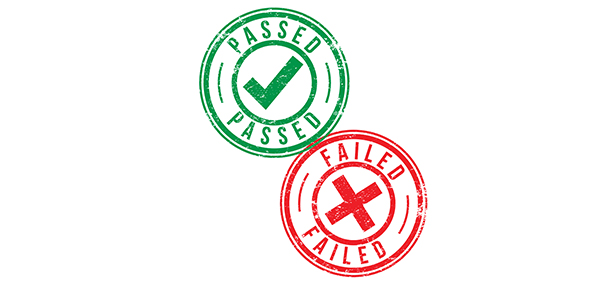Ensuring that your electrical system preventative maintenance practices are up to date with today’s technology could mean the difference between your trucks rolling productively to their destination or being sidelined on the road due to a CSA inspection. Lighting, in particular, is often cited as one of the most common reasons that CSA inspections take place, as lights are one of the most visible components on the truck.
When performing electrical system PM checks, fleet managers should be looking at their trailers for possible failures, no matter the age of the trailer, especially depending on the elements they’re encountering. With new trailers in short supply, be sure to put any used trailers you add to your equipment arsenal through their inspection paces.
“A used trailer comes with its own unique set of circumstances,” said Brett Johnson, president and chief executive officer of Optronics International. “However, our advice to fleets is similar to that of PMs on new trailers.”
Here are four tips Johnson and Optronics suggest to help your fleet prevent system failures before they happen.
Corrosion prevention should start on day one
New trailers can still have issues, so the trailer and its electrical system should always be inspected upon delivery.
“Corrosive factors have already been acting on a used trailer’s electrical system,” Johnson notes. “New owners need to identify and correct existing problems first.”
Optronics recommends examining each vehicle’s electrical system, particularly in high-moisture and impact-prone areas, such as above and behind tires, to identify any unprotected wiring or connectors.
Any vulnerable areas of the system should be protected with coverings like boots, plastic looms, moldings or tubing. Installing this extra protection will not only help resist moisture and the effects of ice accumulation, but will reduce potential damage from gravel and road debris.
Additionally, make sure everyone on the team knows how to spot corrosion.
Train drivers to perform pre-trip inspections
Fleets shouldn’t rely on an informal word-of-mouth approach or a driver’s experience level to receive a proper assessment; drivers should be coached on the process. Investing in formal training not only empowers drivers, but it also helps them understand they have a critical role in keeping CSA scores under control. Proper training will also mean better overall safety, because the driver will also know that the fleet has made the right decisions on electrical and lighting components.
“Drivers may not see themselves as a part of the maintenance team, but they are the first line of defense,” Johnson adds. “What’s more, drivers have an absolute obligation to examine and confirm that a vehicle’s lighting and electrical system is in a safe operational condition before they get behind the wheel.”
Stick to a planned maintenance schedule to stop water
The common modular connectors in a trailer’s electrical systems are designed with reservoirs that hold water-resistant dielectric grease. As time passes, the silicone oils in the grease evaporate and dry out, enabling moisture to seep into the system. Regular inspections and new grease are just part of a sound PM.
“Water will find its way into any unprotected electrical system,” Johnson says. “The path in for moisture is most often through connectors.”
Replace incandescent lamps with LED
With the LED technology available today, one could argue it’s time to convert to LED lamps. Incandescent lamps burn out, they’re fragile, and they have filaments, to name a few drawbacks. Plus, failing incandescent lamps cost fleets hundreds of dollars in parts and repair costs, and the potential to cause traffic violations that lead to CSA fines and vehicle downtime.
“And, because [incandescent lamps] are a quarter second slower to light than LEDs, they add a car length of stopping distance at 65 MPH,” Johnson cautions. “They even cause undue stress on electrical components, such as batteries and alternators. In short: incandescent bulbs are obsolete.”













